


































































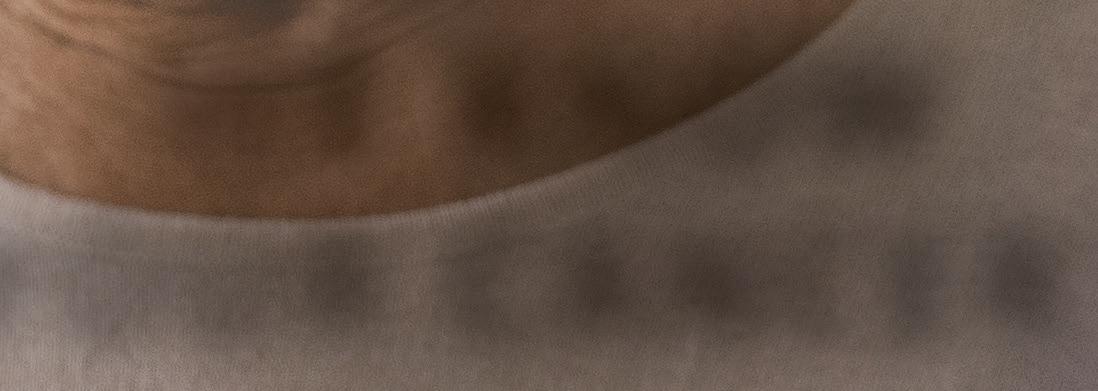


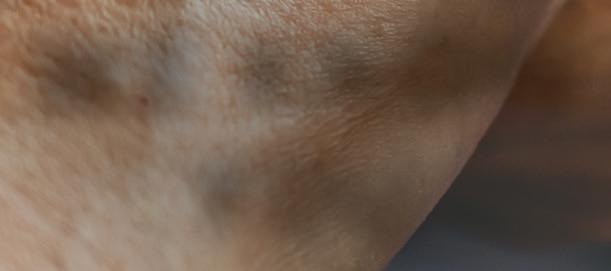
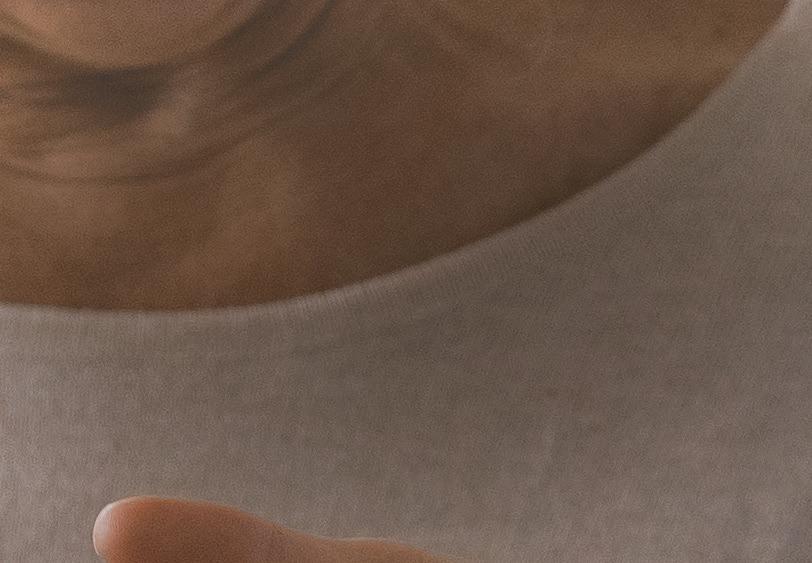


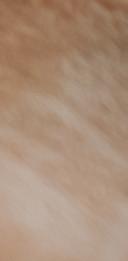

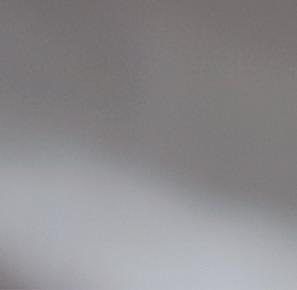

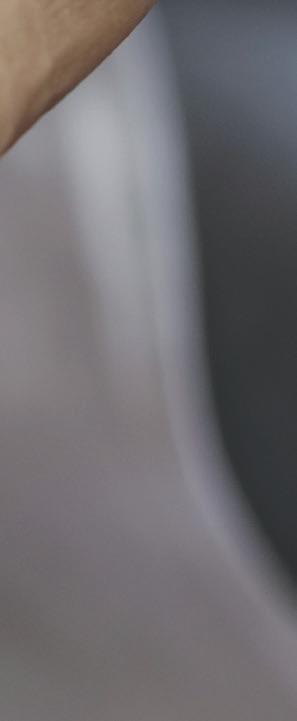


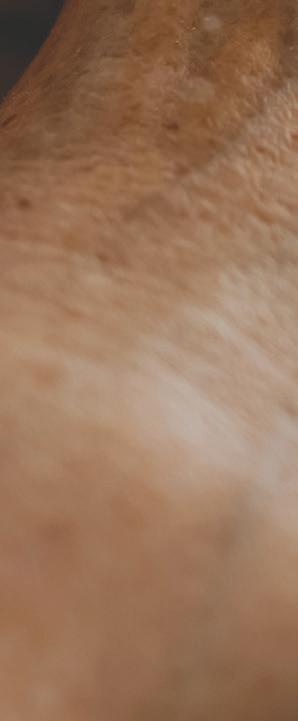
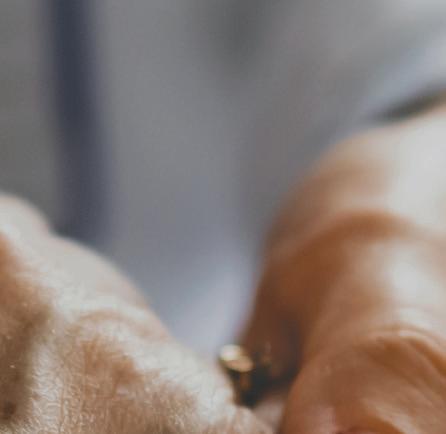
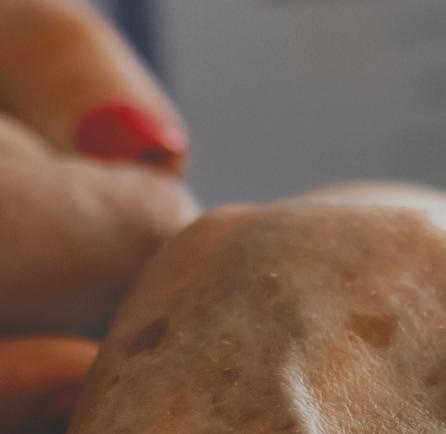
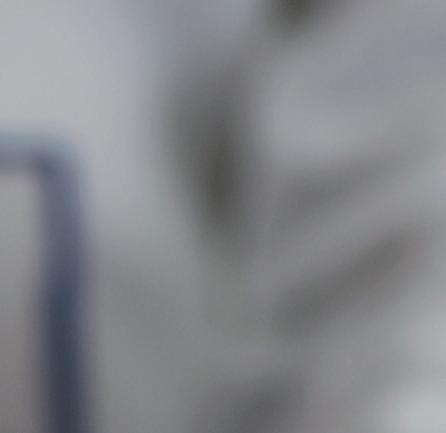
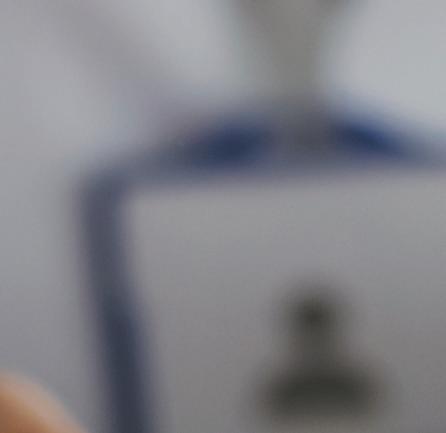











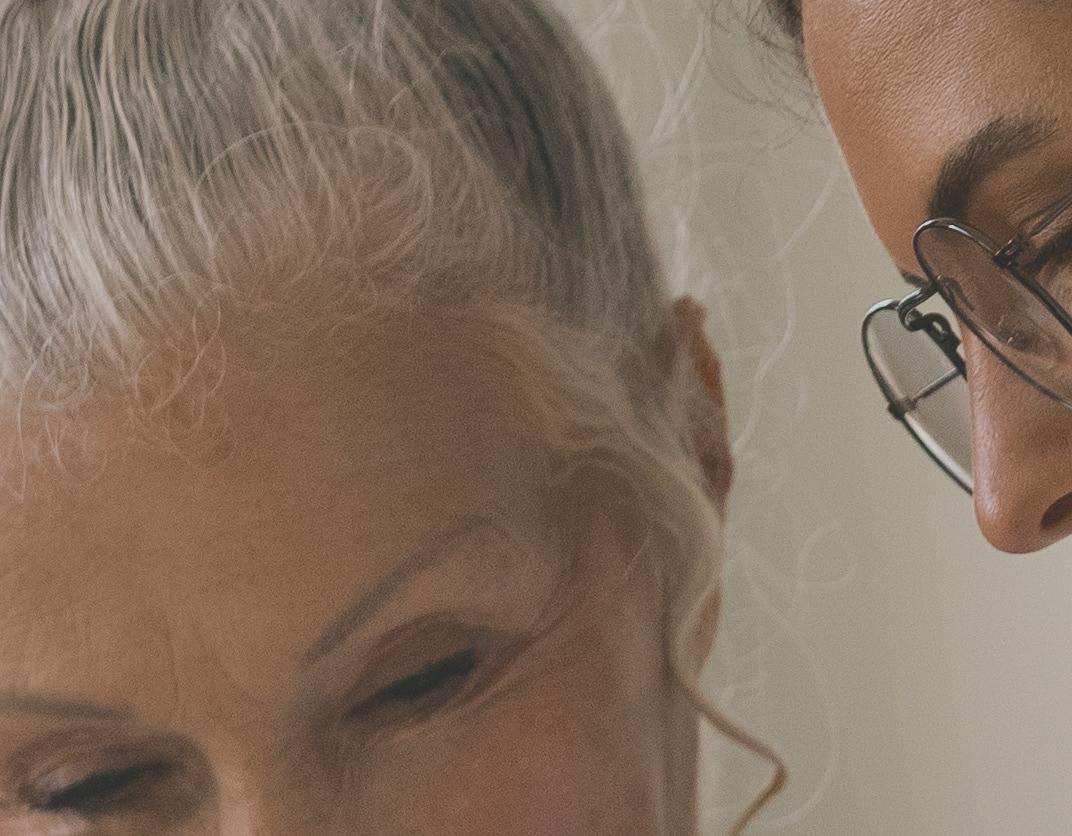


We know you. We focus on every detail, including your other health conditions and emotional and physical needs. We know cancer. We combine extensive clinical expertise and advanced technologies to create truly comprehensive and innovative care. We know your cancer™ . Leaving no stone unturned, we start with the genetic makeup of your tumor and consider every factor to provide a highly personalized care plan. It’s because we know that considering all the details can add up to a life-changing difference.


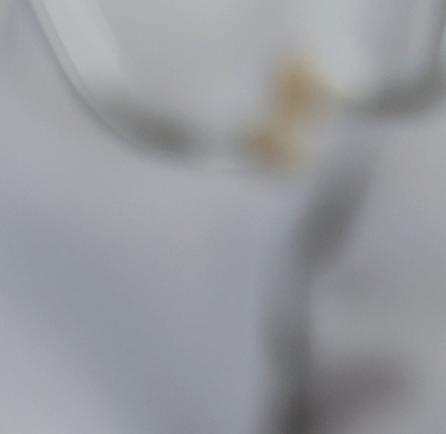

 BY ANTON MEDIA STAFF specialsections@antonmediagroup.com
BY ANTON MEDIA STAFF specialsections@antonmediagroup.com
Breast cancer is one of the most prevalent and life-threatening forms of cancer affecting women worldwide. Over the years, significant advances in breast cancer screening have played a pivotal role in early detection, improving outcomes and saving lives.




For decades, mammography has been the cornerstone of breast cancer screening. This X-ray imaging technique captures detailed images of breast tissue, enabling the early detection of tumors long before they become palpable. Traditional 2D mammography has been instrumental in reducing breast cancer mortality rates.
Recent advancements have led to the widespread adoption of 3D mammography, also known as tomosynthesis. This technology captures multiple X-ray images from various angles, reconstructing a 3D image of the breast. It offers several advantages over traditional 2D mammography:
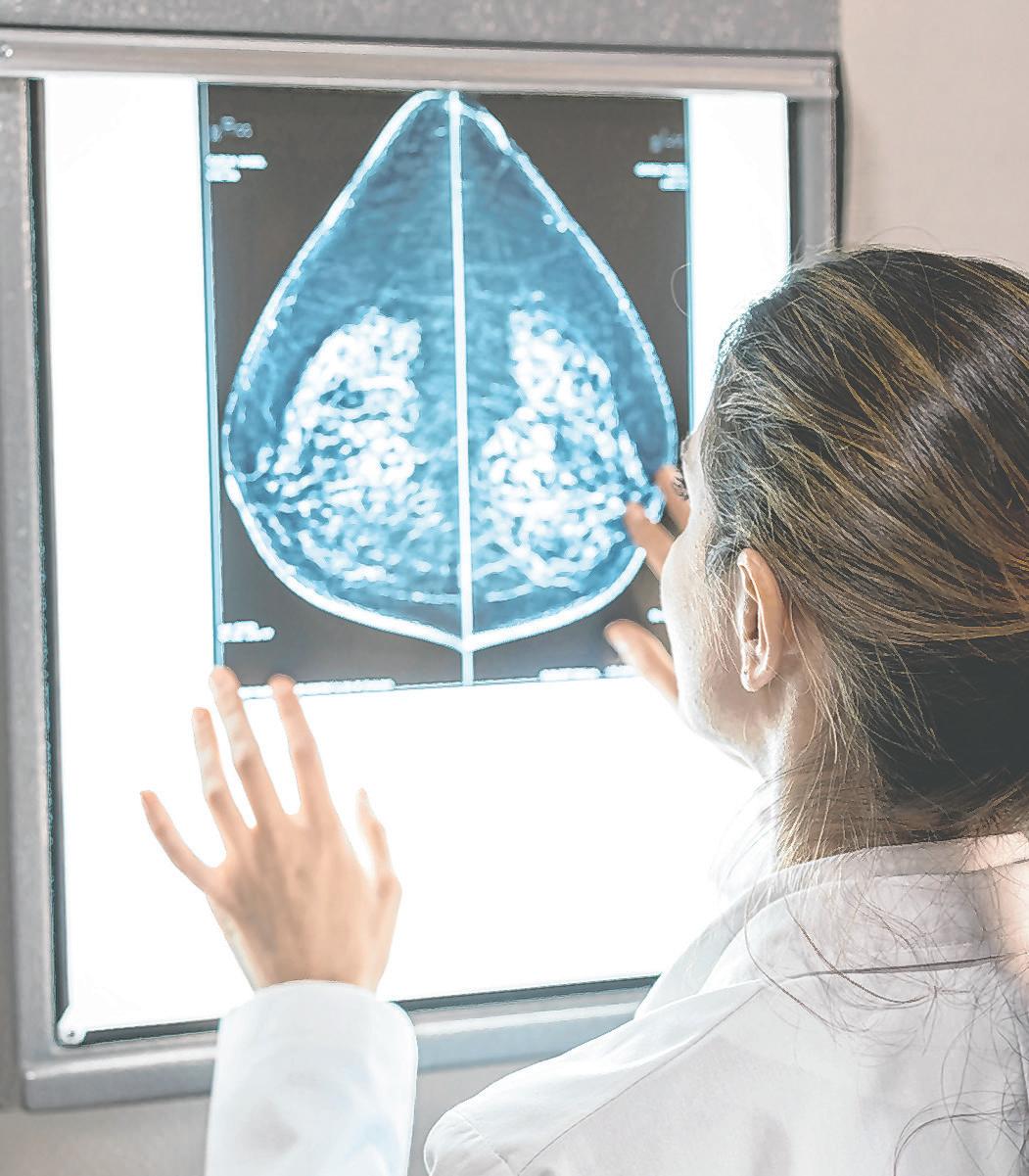
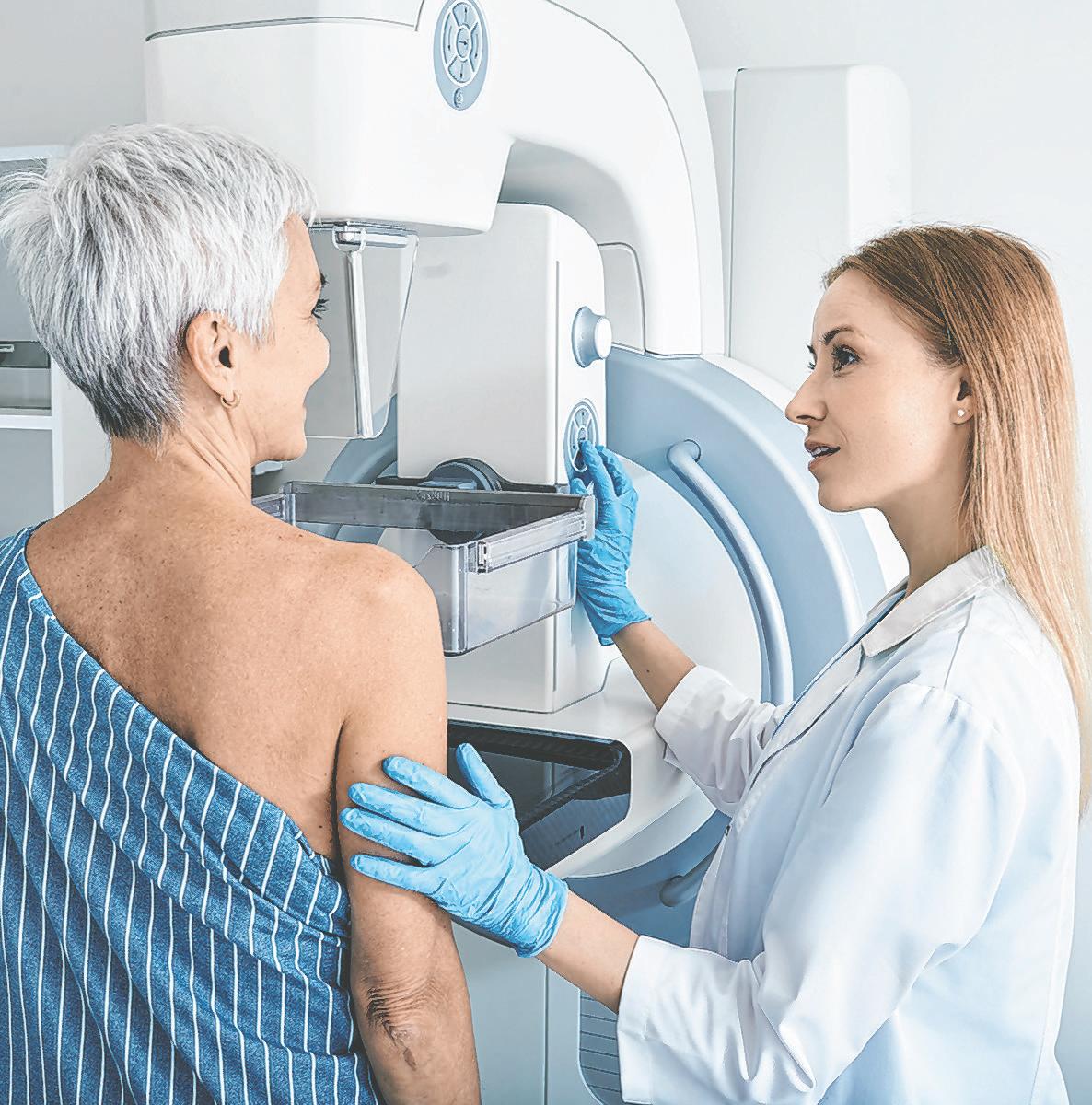
Improved Accuracy: 3D mammography reduces false positives and false negatives, resulting in fewer unnecessary follow-up tests and a higher rate of early cancer detection.
Enhanced Visualization: It provides clearer images, particularly for women with dense breast tissue, making it easier to detect small tumors.
Reduced Callbacks: With improved accuracy, fewer women are called back for additional imaging, reducing anxiety and healthcare costs.

Digital Breast Tomosynthesis (DBT) is a refinement of 3D mammography that further enhances image quality. DBT captures images in thinner sections, offering even better visibility and reducing the potential for overlapping tissues that can obscure tumors. This technology has become a standard in breast cancer screening, particularly for women at higher risk.
Breast MRI is another powerful tool in breast cancer screening, especially for women at high risk or those with dense breast tissue. It uses powerful magnets and radio waves to create detailed, cross-sectional images of the breast. While MRIs can be
expensive and require contrast agents, they excel in detecting small tumors and providing valuable information about the extent of disease.
Breast ultrasound is often used as a supplementary screening tool, especially for women with dense breasts or those with inconclusive mammograms. It uses sound waves to create images of breast tissue. Advancements in ultrasound technology, such as elastography, which assesses tissue stiffness, have improved its diagnostic accuracy.
Artificial Intelligence (AI) and machine learning are game-changers in breast cancer screening. AI algorithms can analyze mammograms and other imaging data with incredible speed and accuracy. They can assist radiologists in identifying potential abnormalities, leading to earlier and more accurate diagnoses.


Advances in risk assessment models allow healthcare providers to tailor screening
recommendations based on a woman’s individual risk factors. These models consider factors like family history, genetics and lifestyle to determine the most appropriate screening approach. High-risk women may benefit from more frequent or intensive screening, such as MRIs or genetic testing.
Researchers are continually exploring innovative ways to detect breast cancer through blood tests and biomarkers. Liquid biopsies, which analyze circulating tumor DNA, RNA or proteins, offer a less invasive and potentially more accurate method for detecting cancer and monitoring treatment response.
Thermography is a non-invasive imaging technique that measures the heat emitted by breast tissue. Although it’s not a primary screening tool, it has gained attention as a complementary approach for early detection. Some advocates suggest that it can identify temperature changes associated with breast cancer. Its role in breast cancer screening is still a subject of ongoing research and debate.
There has been a shift toward patient-centered care and shared decision-making in breast cancer screening. Women are encouraged to actively participate in their healthcare decisions, discussing their preferences and risk factors with their healthcare providers. This approach ensures that screening recommendations align with each woman’s unique needs and values.
While these advances in breast cancer screening have significantly improved early detection and outcomes, challenges persist. Issues like overdiagnosis, false positives and healthcare disparities continue to be areas of concern. Researchers are also exploring emerging technologies like molecular breast imaging and contrast-enhanced mammography to further enhance screening capabilities.
The landscape of breast cancer screening has evolved dramatically, with technological innovations, risk assessment models, and patient-centered care taking center stage. These advances empower women and their healthcare providers to make informed decisions, detect cancer at earlier stages, and ultimately save lives. As research continues and technology evolves, the future of breast cancer screening holds the promise of even greater precision and effectiveness in the fight against this disease. Regular screening and early detection remain crucial, offering the best chance for successful treatment and improved outcomes.
Vaccine fatigue refers to a weariness or reduced enthusiasm among individuals or communities regarding vaccination efforts, particularly in the wake of COVID-19. It often arises after extended periods of coping with the pandemic’s challenges, including lockdowns, social distancing and ongoing vaccination campaigns. The answer to whether the waning enthusiasm for COVID vaccines affects how people respond to other vaccination efforts is of curiosity. In the meantime, here are some pros and cons of receiving the influenza vaccine this season.
PROS of the Influenza Vaccine
Disease Prevention: The primary advantage of the influenza vaccine is its ability to prevent or reduce the severity of the flu. Vaccination is the most effective way to protect individuals, especially those at higher risk, such as the elderly, young children and individuals with compromised immune systems.
Herd Immunity: Widespread vaccination helps create herd immunity, reducing the overall spread of the virus within communities. This indirectly protects those

who are unable to receive the vaccine, such as infants under six months old, through collective immunity.
Reduced Hospitalizations and Deaths: Influenza vaccination has been proven to lower hospitalization rates and mortality associated with the flu. It lessens the burden on healthcare systems, particularly during peak flu seasons.
Updated Seasonally: The influenza vaccine is updated annually to match the most prevalent flu strains, increasing its effectiveness and adaptability to changing viral strains.
Minimal Side Effects: The majority of individuals who receive the vaccine experience only mild, temporary side effects such as soreness at the injection site
or a low-grade fever. Severe reactions are extremely rare.
Cons of the Influenza Vaccine
Effectiveness Fluctuation: The effectiveness of the flu vaccine can vary from year to year depending on the match between the vaccine and the circulating flu strains. Some seasons, the vaccine may be less effective due to antigenic drift or shift.
Vaccine Supply and Accessibility: In some regions, the supply of flu vaccine may be limited, or access to vaccination clinics may be a challenge, particularly in underserved communities.
Allergic Reactions: While uncommon, some individuals may experience allergic
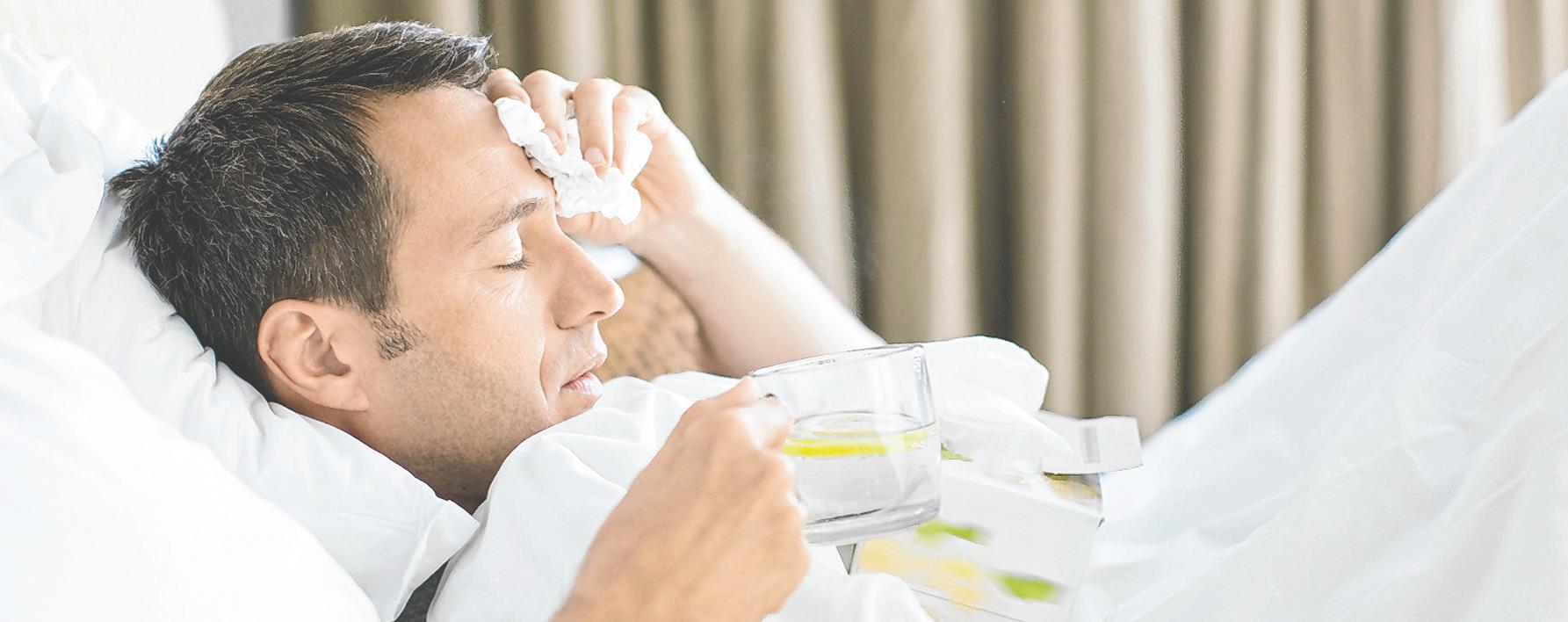
reactions to components of the vaccine, such as egg proteins. Those with known allergies should consult their healthcare provider before vaccination.
Misconceptions and Myths: Misinformation and misconceptions about the flu vaccine can deter some people from getting vaccinated. These include concerns about vaccine safety and the mistaken belief that the vaccine can give you the flu (it cannot).
Limited Duration of Protection: The flu vaccine provides protection for a limited duration, typically about six to eight months. This means individuals need annual vaccinations to maintain immunity.
As vaccination rates typically increase and immediate threats seem to diminish, some people may become complacent or hesitant about getting subsequent vaccinations. This phenomenon can hinder achieving widespread immunity and prolong the pandemic. Effective communication, education and addressing concerns are vital in combating vaccine fatigue, encouraging vaccination and maintaining public health measures until the pandemic is under control. Discuss your options with your healthcard provider to make the best decision for yourself and others in your care.
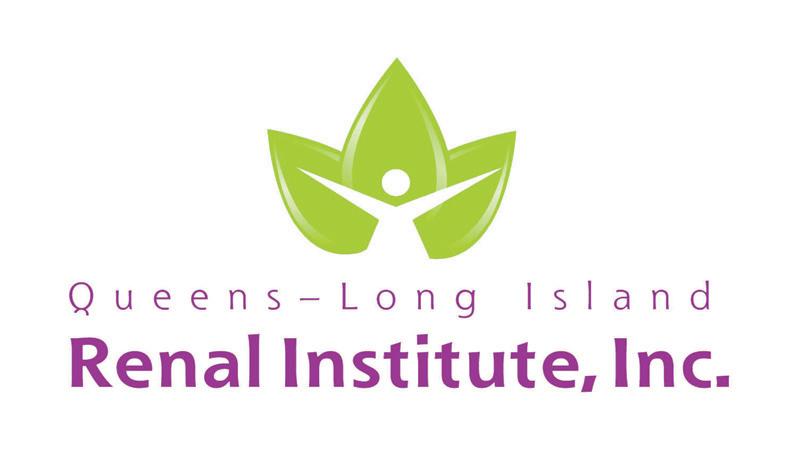
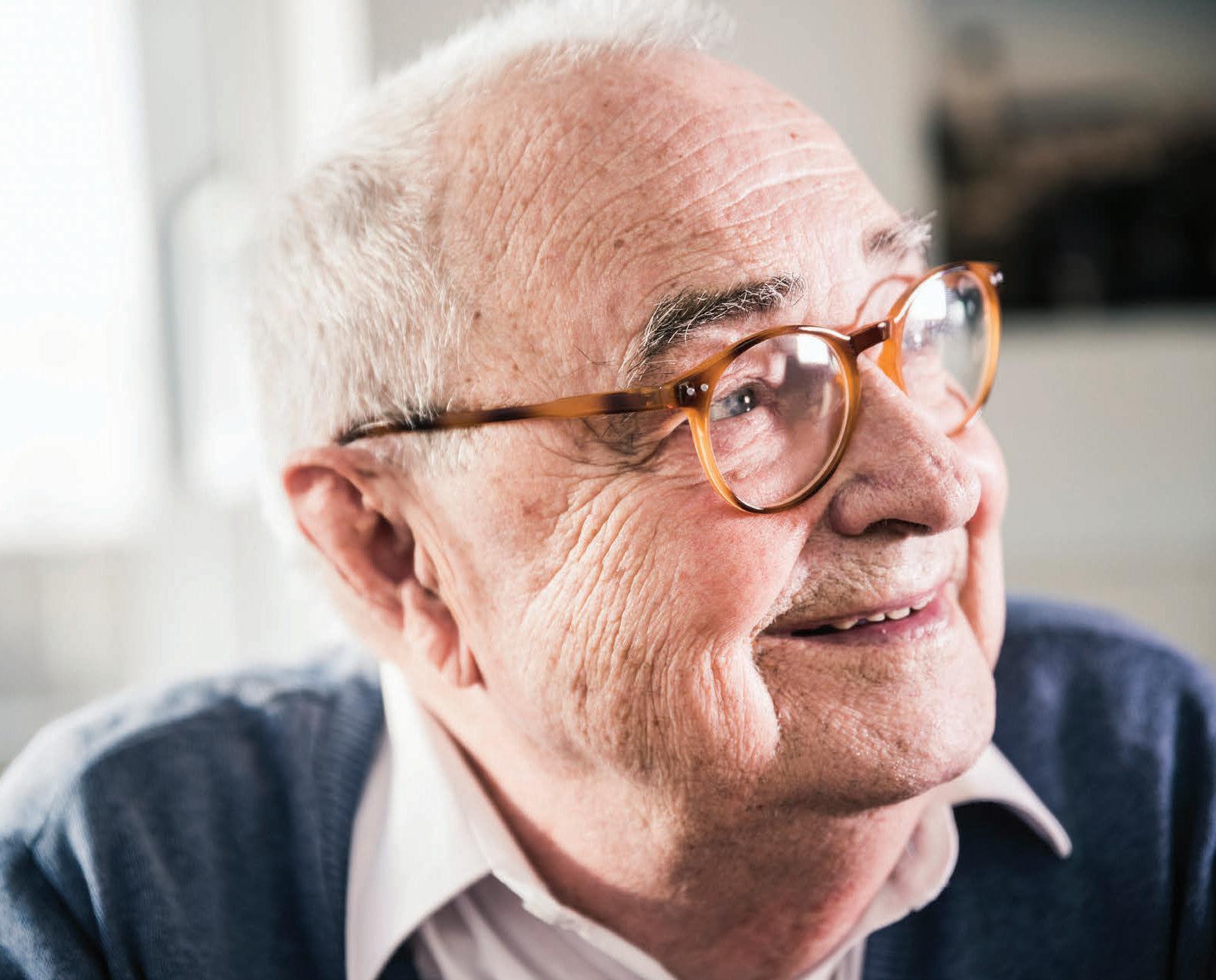
















How can we keep our livers healthy?
For most of the population, this is easy, as most do not have any underlying chronic liver problems. The key to a healthy liver is a healthy diet. What is a considered a healthy diet? A good healthy diet requires common sense. Eating lots of fruits and vegetables, minimizing fatty foods, drinking plenty of water and watching alcohol intake can keep the liver healthy. The Mediterranean diet has been shown to be highly effective in preventing both the occurrence and progression of liver disease. I also believe in portion control. Sodas are out, even diet ones. Water is truly the best fluid.
Many people ask about all these health food store products that fall under the category of “liver cleanser”? There is no such thing as a liver cleanser. The short version on “liver cleansers”: a dreadful waste of money.
What can people with liver disease do to keep the liver healthy? The answer is also simple. Diet and exercise are the keys to health. Since the most common liver conditions are fatty liver and alcohol-associated liver disease, and the incidence of complications of these conditions are on the rise, weight loss, following a good diet and exercise may prevent disease progression and actually lead to disease regression.
What can people with liver diseases other than fatty liver or alcohol-associated liver disease do to help their livers? The answer again comes down to diet and exercise. In addition, alcohol should be taken judiciously and in limited quantities. Coffee has been shown to protect the liver from injury so drinking about three cups a day may also help prevent further injury. It is important to point out that this is coffee perhaps with a little milk, not the highly caloric lattes and coffees with significant other ingredients. Avoidance of health food store products and herbal products may also help prevent liver injury. Although 99 percent of these products are safe, some may still cause problems. Before starting any of these products, make sure to discuss it with the doctor.
Most liver disease in the United States can be prevented. Following a healthy diet, exercising, minimizing alcohol intake, and using common sense will keep the liver healthy and may help prevent disease progression in livers affected by chronic disease.
David Bernstein, MD, MACG, FAASLD, AGAF, FACP, is a professor of medicine at NYU Grossman School of Medicine and the director of Gastroenterology and Hepatology Ambulatory Network-Long Island for NYU Langone Health.
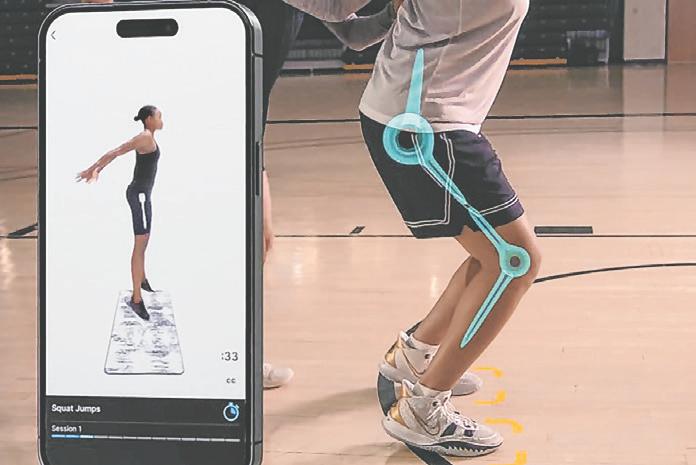
It’s a young athlete’s worst nightmare—a dreaded popping sound followed by sharp pain in the knee. If it’s a torn anterior cruciate ligament, or ACL, it could sideline the player for the rest of the season...or longer.
“Serious knee injury involving the ACL is a major problem among high school sports participants,” explained Stephen Fealy, MD, an orthopedic surgeon specializing in sports medicine at HSS Long Island, the Uniondale location of Hospital for Special Surgery in New York City. “Adolescents playing team sports that require cutting or a sudden change of direction, such as soccer, basketball, football and lacrosse, are at greatest risk of an ACL injury.”
“There has been a 300 percent increase in ACL injuries and reconstructive surgeries in young people over the past 20 years,” explained Peter Fabricant, MD, an orthopedic surgeon specializing in the care of children and adolescents with sports-related injuries at HSS Long Island. “An ACL tear can be devastating to a young athlete who needs reconstructive surgery with a subsequent recovery that takes about a year.”
Research suggests that the risk of non-contact ACL injury can be
dramatically reduced through neuromuscular training – the adoption of various exercise and conditioning strategies that improve movement and allow athletes to change speed and direction with greater strength and body control.
HSS has launched RIIP REPS, a new app that enables schools, clubs and leagues to easily implement neuromuscular training programs to reduce sports injuries and improve performance. For ages 13 and up, the program builds athletic strength, agility and control when accelerating, stopping on a dime, cutting, jumping and landing. Sports organizations are invited to sign up for access at www.riipreps.com. Once they sign up, they can invite their athletes to download the free app.
—HSS Long IslandAs the best children’s cancer center in the tri-state area, MSK has expertise in every type of pediatric cancer. And since no two kids are the same, when Freja was diagnosed with leukemia, she received the treatment plan and care team that were right for her. Go to
today.
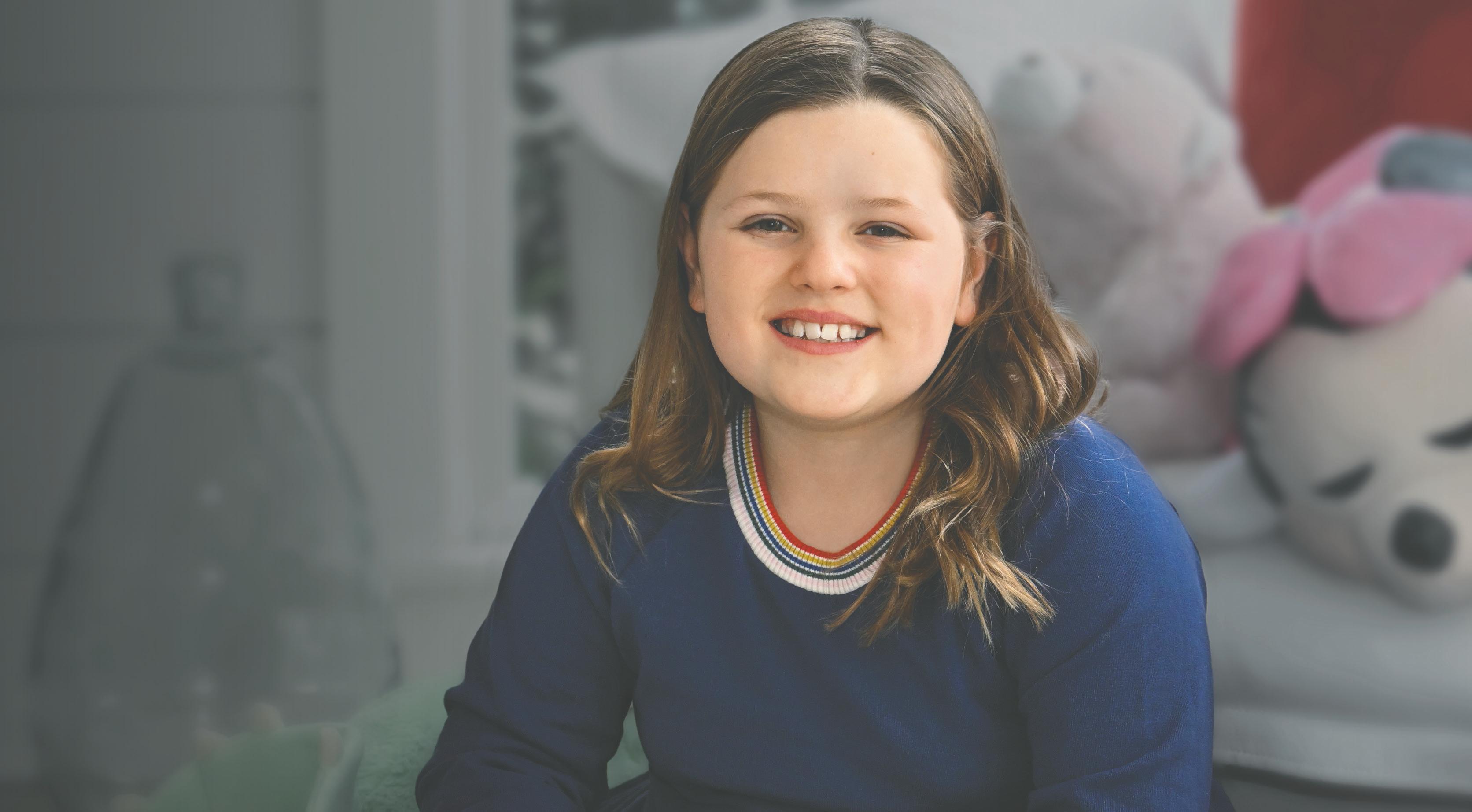
Anew study seeking to answer “what are the top five most Googled vitamins and supplements in America?” reveals that ashwagandha is the most searched-for supplement in the nation.
The data also reveals the top five in each state; here are New York’s:
• Ashwagandha
• Creatine
• Magnesium
• Melatonin
• Vitamin D
Online fitness resource Total Shape analyzed Google searches for 193 vitamins and supplements, by combining four search variations for each: ‘supplement name’, ‘what is supplement name,’ ‘buy supplement name,’ and ‘supplement name supplement.’
Ashwagandha came in first place and took the crown as America’s most popular supplement, receiving more than 919,742 combined searches each month. Used for its stress-reducing properties, it is believed that ashwagandha helps to moderate the body’s stress response system (the hypothalamic-pituitary-adrenal axis) to lower the stress hormone cortisol.
The herb, commonly grown in India, the Middle East, and parts of Africa, is currently the second best-selling herbal supplement on Amazon and has also grown a following on social media with TikTok videos tagged with #ashwagandha receiving more than 305M views in the past year alone.
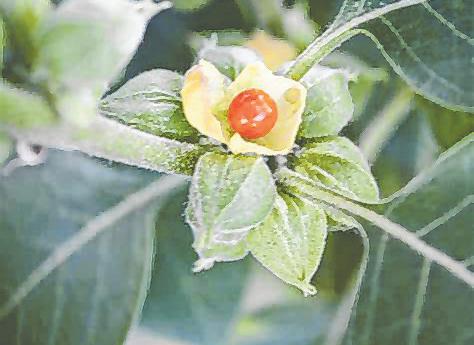
Creatine was found to be the second most popular supplement. It is one of
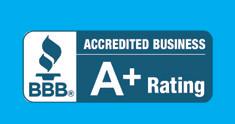

the most researched in the world and is commonly used by athletes to enhance physical performance and strength, receiving more than 770,292 searches across America each month.
Creatine is the best-selling amino acid supplement on Amazon, but those looking for creatine-rich foods can also find the amino acid derivative in red meat, pork, poultry, and fish such as tuna and salmon.
In third place was magnesium, receiving more than 511,588 searches each month. Magnesium is an essential mineral that plays a vital role in energy production, protein formation, and genetic maintenance.
Magnesium, the best-selling mineral supplement on Amazon, is naturally present in many foods, such as almonds, spinach, whole grains, and legumes. Melatonin came fourth. This supplement is commonly known for its role in regulating sleep and was the subject of more than 455,202 searches each month nationally. Melatonin is not typically obtained from food in significant amounts, but foods like cherries, almonds, and bananas are believed to boost melatonin levels.








Vitamin D secured the fifth spot with more than 373,200 monthly searches. Vitamin D is required by your body to absorb calcium, regulate cell growth, as well as supporting immune function.
Most people can produce the necessary amount of Vitamin D with either 10-25 minutes of daily sunlight, longer depending on how dark your skin is, or through foods such as oily fish, red meat, liver, or egg yolks.
—Total Shape (totalshape.com)
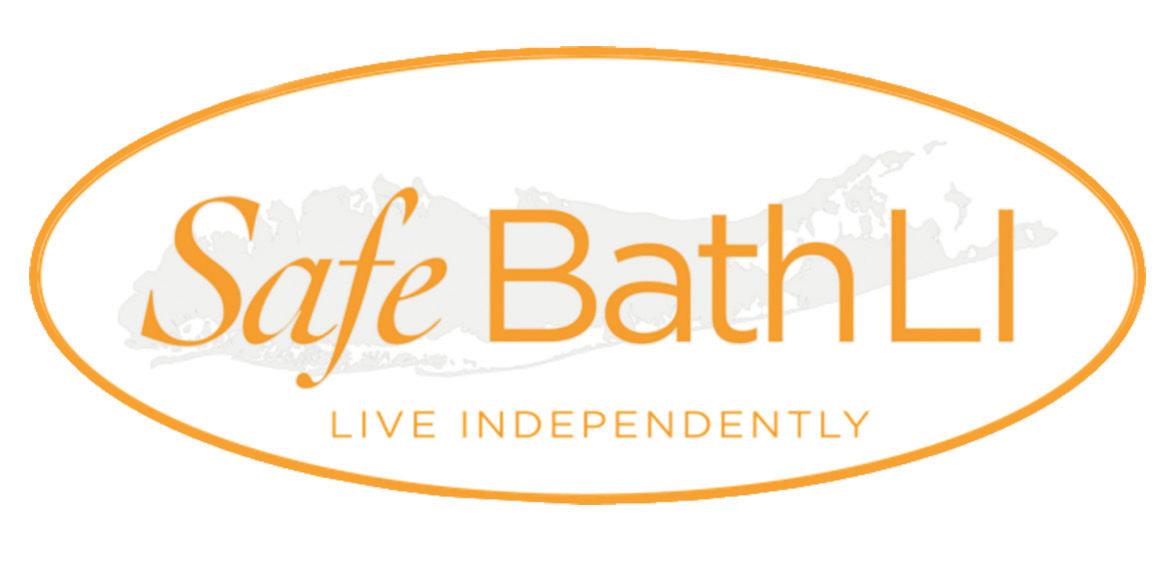


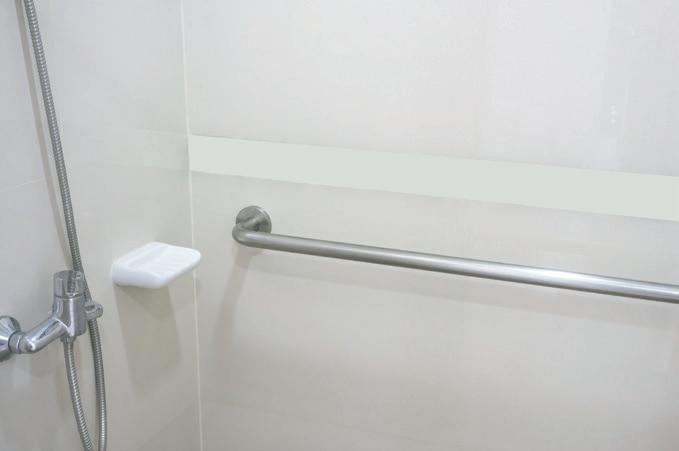












BREAST RECONSTRUCTION
Your Journey Is Our Mission
We offer a comprehensive array of breast reconstruction procedures and support services with a holistic approach designed to facilitate real, authentic healing. If you are considering mastectomy and reconstruction or find yourself unsatisfied with prior reconstruction, let the surgeons at NYBRA Plastic Surgery help guide you through your journey.
AESTHETIC SURGERY
Confidence Comes From Within
Our team is committed to providing impeccable, natural-looking results so that you can look and feel like your best self. We offer a wide range of surgical and non-surgical procedures designed to help you match what’s on the outside with what’s on the inside. If you’re considering a cosmetic procedure, let NYBRA Plastic Surgery help you determine your next step.
Making Strides Against Breast Cancer on Long Island Walk at Jones Beach
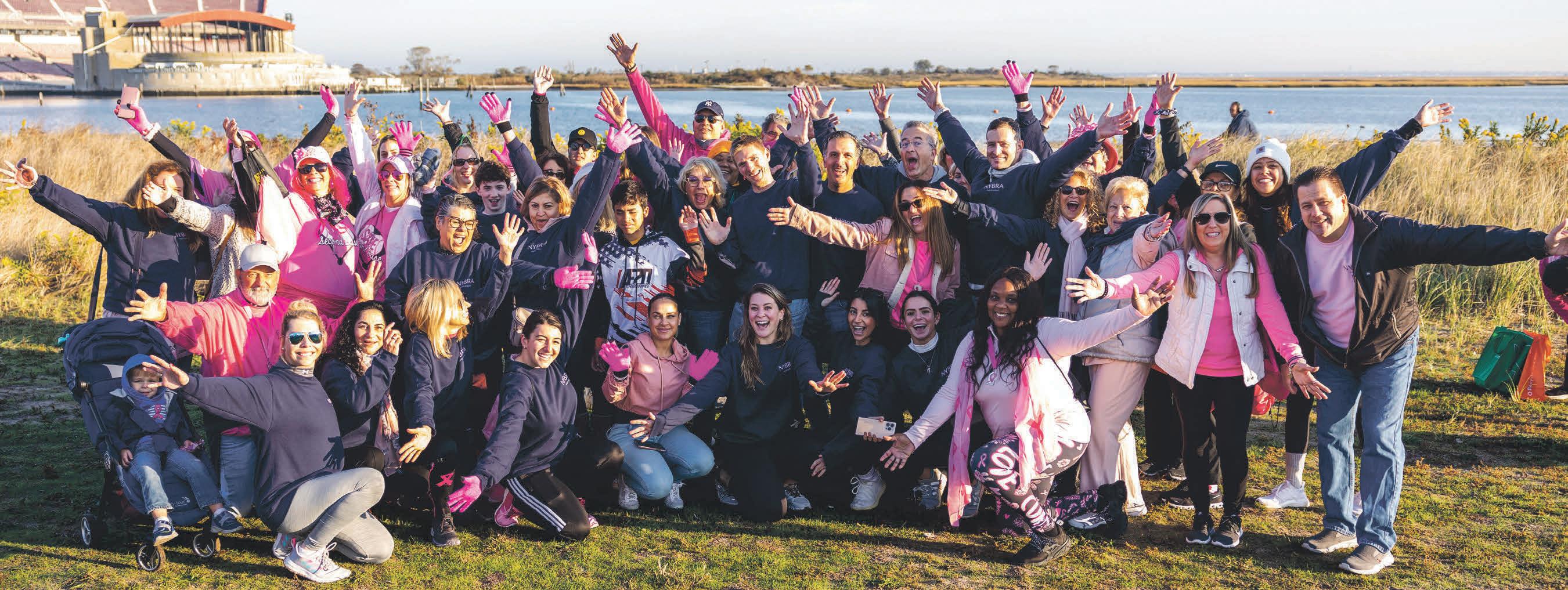
Join
Breast Reconstruction Awareness Day is October 18
This year, we’re celebrating with the offical launch of BreastReconstruction.org!
As the non-profit’s founding partner, NYBRA is working with the community to deliver key information in new and different ways that reach every type of person. Breastreconstruction.org’s mission is to improve the breast reconstruction outcomes for people of every background, at every stage, by empowering them with the tools and resources they need to make informed breast reconstruction choices.
“Reblossom” Book Launch Fundraiser Events Oct. 18-19
View reblossomexhibit.com for info. Sales proceeds of book by Jonathan Bank, M.D. benefit Living Beyond Breast Cancer